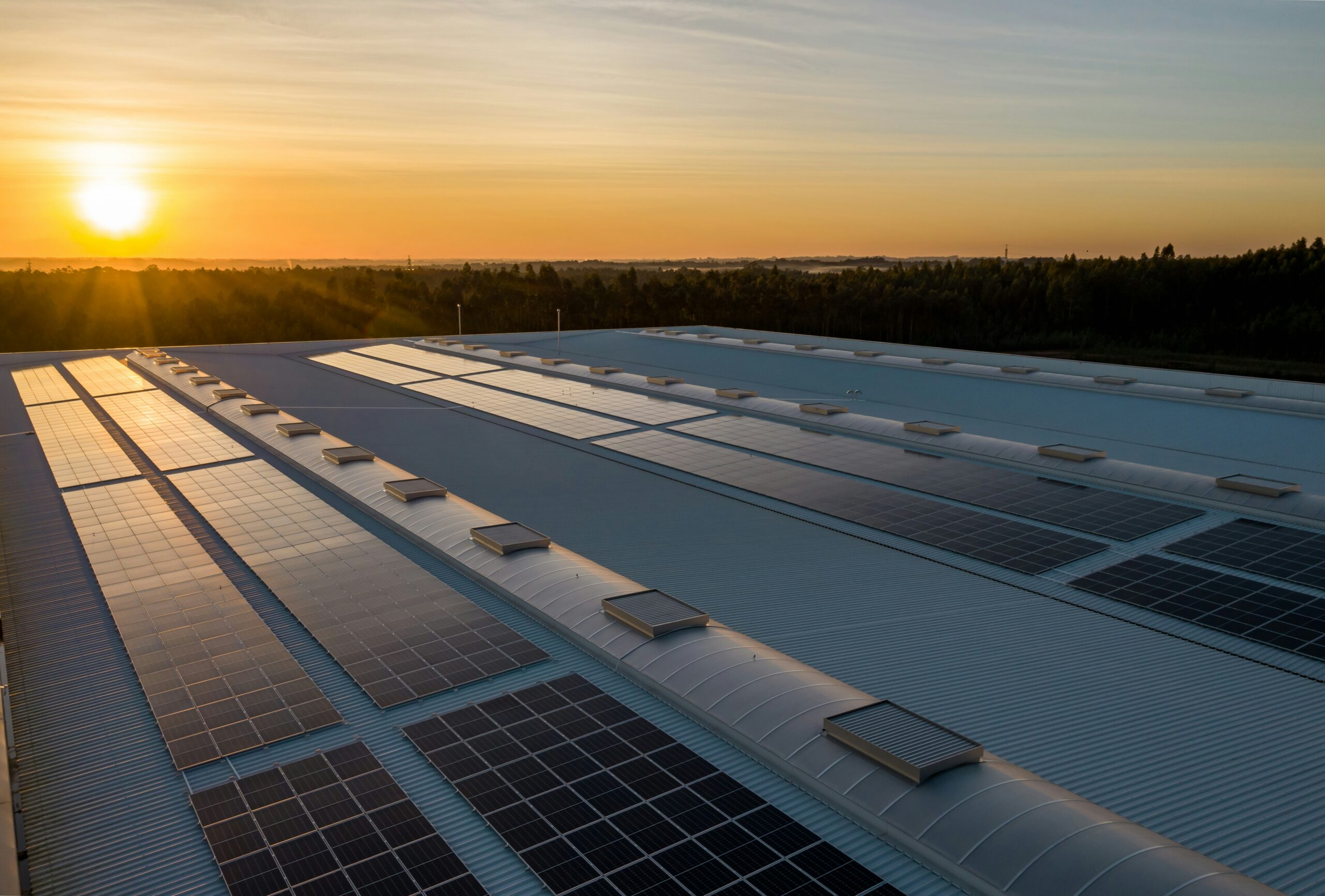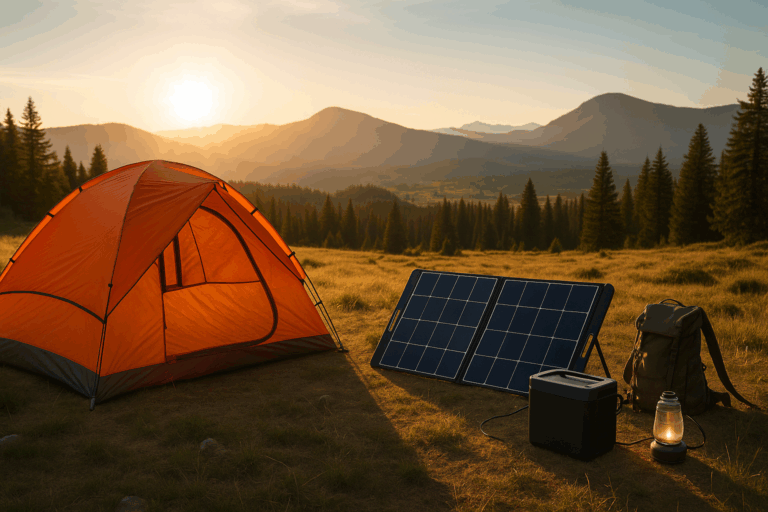In a world increasingly focused on sustainability, solar energy stands out as one of the most promising solutions for a cleaner and greener future. Whether you’re looking to lower your carbon footprint, reduce energy costs, or embrace an off-grid lifestyle, harnessing the power of the sun can be a game-changer. This guide will walk you through the basics of solar energy, its benefits, and how you can integrate it into your daily life.
What is Solar Energy?
Solar energy is the radiant light and heat emitted by the sun, which can be converted into usable electricity or thermal energy. It is captured through various technologies, primarily:
- Photovoltaic (PV) Panels – Convert sunlight into electricity using semiconductor materials.
- Solar Thermal Systems – Use the sun’s heat for water heating, space heating, and even industrial applications.
- Concentrated Solar Power (CSP) – Utilizes mirrors to focus sunlight, generating heat that drives turbines to produce electricity.
Why Solar? The Major Benefits
- Sustainability – Unlike fossil fuels, solar energy is abundant and renewable. The sun is expected to shine for at least another 5 billion years!
- Lower Energy Bills – Once installed, solar panels can significantly reduce electricity costs, with some homeowners even selling excess energy back to the grid.
- Energy Independence – Producing your own power means less reliance on utility companies and protection from energy price fluctuations.
- Minimal Maintenance – Solar panels require very little upkeep, usually just occasional cleaning and system checks.
- Environmentally Friendly – Solar power produces no emissions, reducing your carbon footprint and combating climate change.
How Solar Panels Work
Solar panels contain photovoltaic (PV) cells that generate electricity when exposed to sunlight. These cells create an electric field, allowing electrons to move and generate direct current (DC) electricity. A solar inverter then converts this DC power into alternating current (AC), which can be used in your home. If your system produces excess electricity, it can be stored in batteries or fed back into the power grid.
Types of Solar Systems
- Grid-Tied Systems – Connected to the main electricity grid, allowing you to use solar power while still drawing from the grid when needed. Excess energy is often credited back to you through net metering.
- Off-Grid Systems – Completely independent from utility companies, relying on solar panels and battery storage to provide electricity 24/7.
- Hybrid Systems – Combine solar panels with battery storage and a backup energy source (such as a generator) for added reliability.
Is Solar Right for You? Factors to Consider
- Location & Sun Exposure – Areas with more sunlight receive greater solar benefits. Use tools like Google’s Project Sunroof to analyze your home’s solar potential.
- Upfront Costs vs. Long-Term Savings – While solar panel installation requires an investment, tax incentives and lower energy bills can make it worthwhile.
- Roof Condition & Space – Your roof should be in good condition and have enough unobstructed space for efficient solar panel placement.
- Local Policies & Incentives – Many governments offer tax credits, rebates, and incentives to encourage solar adoption.
Getting Started with Solar Energy
- Assess Your Energy Needs – Review past utility bills to determine how much power you consume.
- Explore Financing Options – Options include purchasing outright, leasing, or solar power purchase agreements (PPAs).
- Choose a Reputable Installer – Look for certified installers with strong customer reviews and warranties.
- Consider Battery Storage – If you want to store excess energy for nighttime use, a solar battery (like the Tesla Powerwall) may be a great addition.
- Monitor and Maintain Your System – Regularly check your system’s performance and clean panels as needed for optimal efficiency.
Future Trends in Solar Energy
- Solar Panel Efficiency Improvements – Advancements in technology are making panels more efficient, affordable, and aesthetically pleasing.
- Solar-Powered Homes & Smart Integration – More homes are integrating solar with smart energy management systems.
- Portable Solar Solutions – From solar-powered backpacks to camping kits, portable solar tech is on the rise.
- Solar in Transportation – Innovations like solar-powered cars and solar-charged EVs are gaining traction.
Final Thoughts
Embracing solar energy isn’t just about saving money—it’s about making a long-term commitment to sustainability and energy independence. Whether you’re considering a full home solar system or just starting with small solar-powered gadgets, every step toward using renewable energy makes a difference.
The sun is a limitless source of power—why not take advantage of it?
Stay tuned for more insights, guides, and tips on solar energy and sustainable living from Solar Wander!







